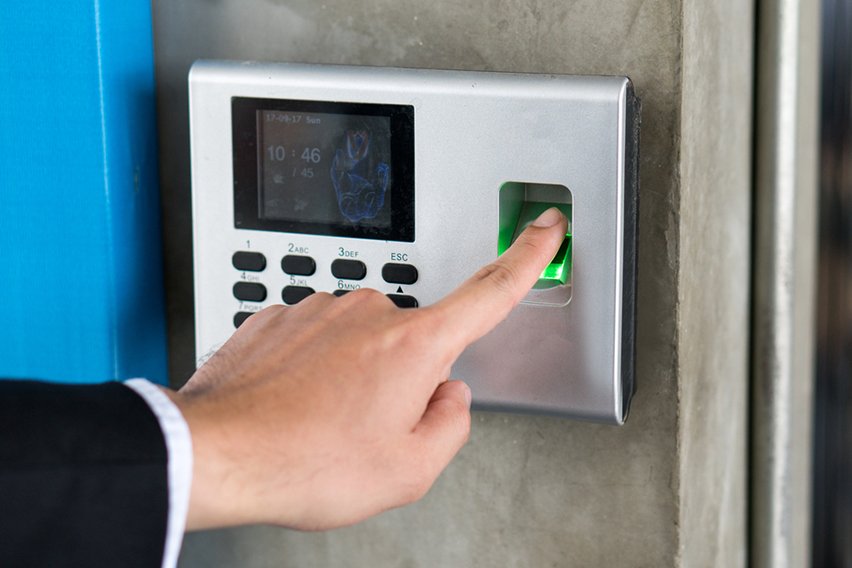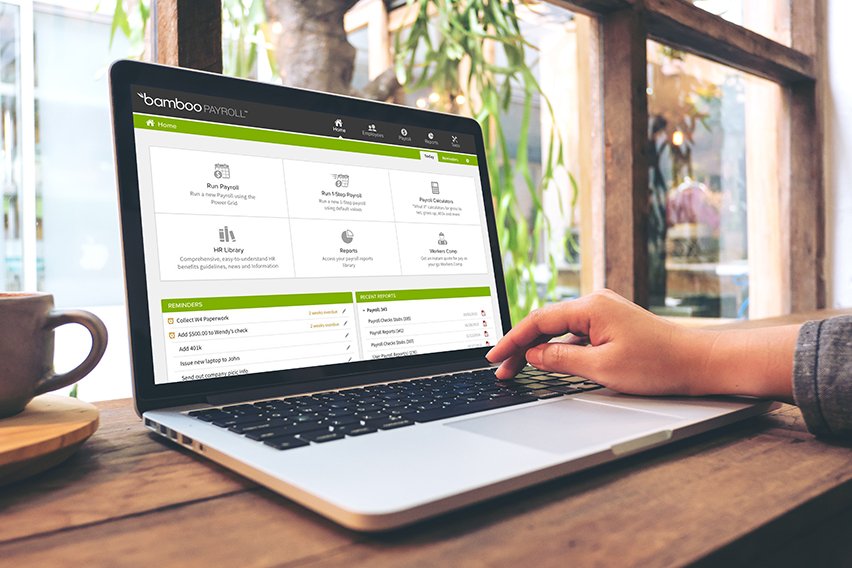How to Clock in and Out at Work: 5 Best Practices

Keeping track of the working hours of your staff is an important element when it comes to running a profitable business.
It’s a great way to keep track of the hours your hourly workers are putting in, and it is useful to spot if staff are consistently early or late.
Whilst it’s easy enough to keep a track of your staff’s daily routine if you have only hired one or two. But it can become tricky when you have more staff or if some work remotely.
That’s why most businesses employ a clocking-in system. These systems keep track of your employee time via online time cards. But what exactly is a clocking-in system? And what are the best practices of how to clock in and out at work? Let’s take a closer look.
Here’s What We’ll Cover:
What Are the Different Types of Clocking-in Systems?
5 Best Practices for Clocking in and Out
What Is a Clocking-In System?
A clocking-in system is a method used by many businesses to track work hours for their employees.
An employee will use the time and attendance system to clock in at the start of their working day, and then clock out when they have finished.
A clocking-in system is vital for keeping track of working hours and avoiding any payroll errors.

What Are the Different Types of Clocking-in Systems?
There are a number of different types of clocking-in systems that are available for businesses. These systems include:
- Basic Time Clocks: a basic time clock is systems such as punch cards, hand punch clocks and simply filling out a form with a pen and paper.
- Software Systems: using time tracking software to automate the process of clocking in and out. Employees will either digitally clock in or use a tool such as a fob.
- Biometrics: using facial recognition, fingerprints or retinal scanners to clock in.
- Time Clock Apps: employee time clock apps are similar to software options. But they are installed directly on employee’s mobile devices for on-the-go time tracking.
5 Best Practices for Clocking in and Out
As an employer, it can be difficult to make sure that your employees are accurately and consistently clocking their hours. Here are 5 best practices to ensure a smooth clocking system.
1. Create a Clear Policy
It’s important to implement a clear set of policies regarding clocking in and out. Once these have been set, they should be laid out to your employees so there is no confusion or chance they could be misconstrued.
2. Offer Incentives
Often the best way to encourage your employees to follow protocol is by offering incentives. You could offer a small reward to the staff member who remembers to consistently clock in and out at the end of the month.
3. Make It a Simple Process
By using time clocking software you can make the clocking process effortless for your employees. By implementing easy-to-use software you can make it simple for your employees to clock in, and difficult for them to forget to clock out.

4. Remind Them of the Benefits
It is beneficial for both you and your employees that the time clocking is accurate. If your employees are struggling, remind them that if they don’t accurately log their hours it can lead to payroll errors. It can also lead to inaccurate payment for hours they’ve worked.
5. Take Disciplinary Action
If you have implemented the other practices and employees are still not clocking in and out properly, then it may be time to take disciplinary action. This can start with a verbal warning before moving onto something more serious if the problem persists.
It’s important to note that this should be done as a last resort. Ensure that all other actions have been taken to make sure that clocking in and out is an easy and memorable task.
Key Takeaways
The Fair Labor Standards Act puts the responsibility of keeping track of employee time on the employer’s shoulders.
So while it may be tempting to start docking pay for employees who fail to follow the protocol, you’ll want to avoid doing that.
You should make sure that your entire team is clear on the protocol and time clocking rules. If everything is clear and easy, you’ll give yourself the best chance of having smooth and accurate timesheets.
Are you looking for more business advice on everything from starting a new business to new business practices?
Then check out the FreshBooks Resource Hub.
RELATED ARTICLES

 2 Effective Time Management Infographics
2 Effective Time Management Infographics What Are Performance Standards & How to Create Them
What Are Performance Standards & How to Create Them How to Work 16 Hours a Day: 4 Tips
How to Work 16 Hours a Day: 4 Tips Long Working Hours: 9 Effects Of Overtime
Long Working Hours: 9 Effects Of Overtime Efficiency Vs Productivity: What’s the Difference?
Efficiency Vs Productivity: What’s the Difference? 4 Best Timekeeper Software for Time Tracking
4 Best Timekeeper Software for Time Tracking